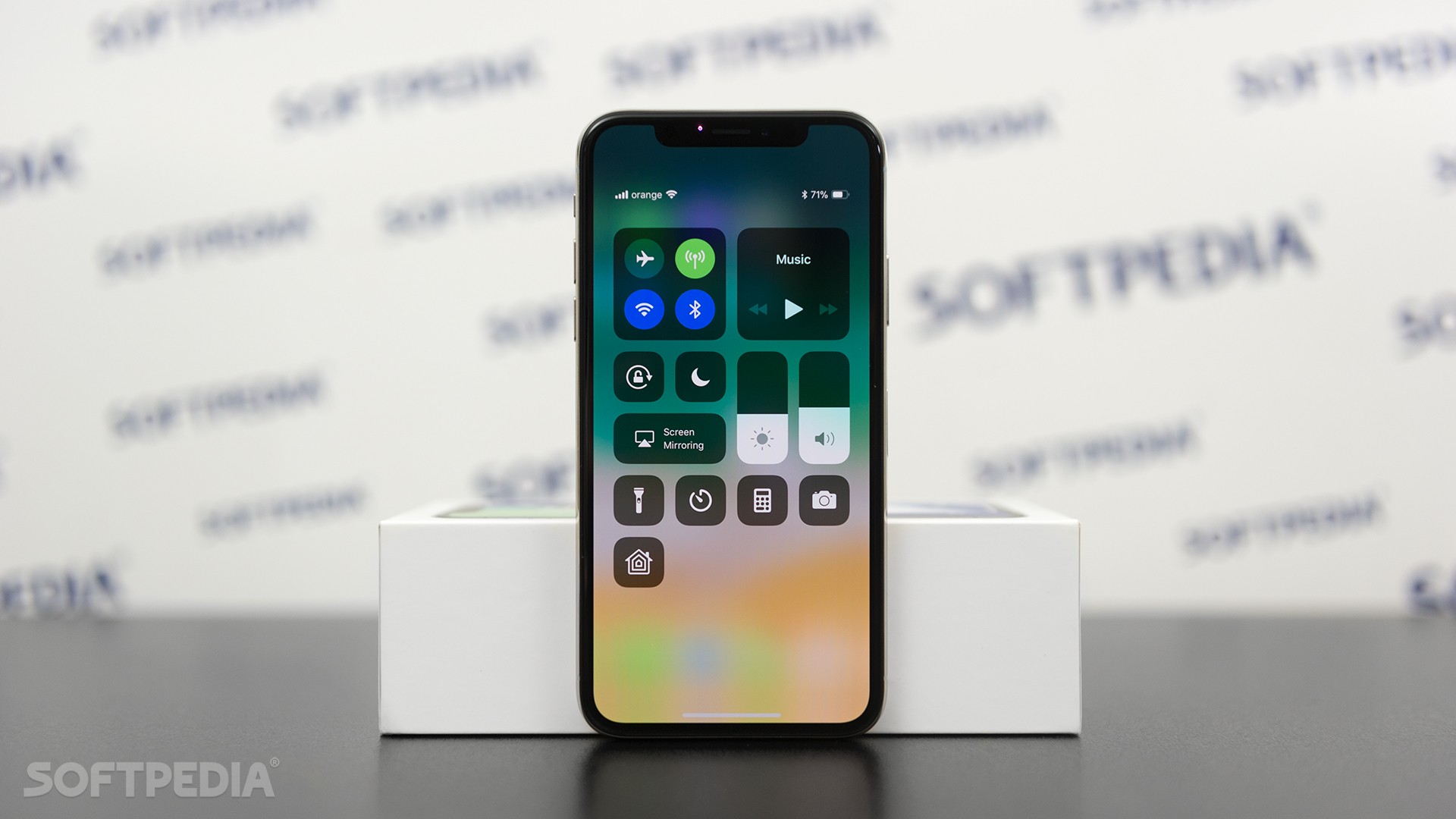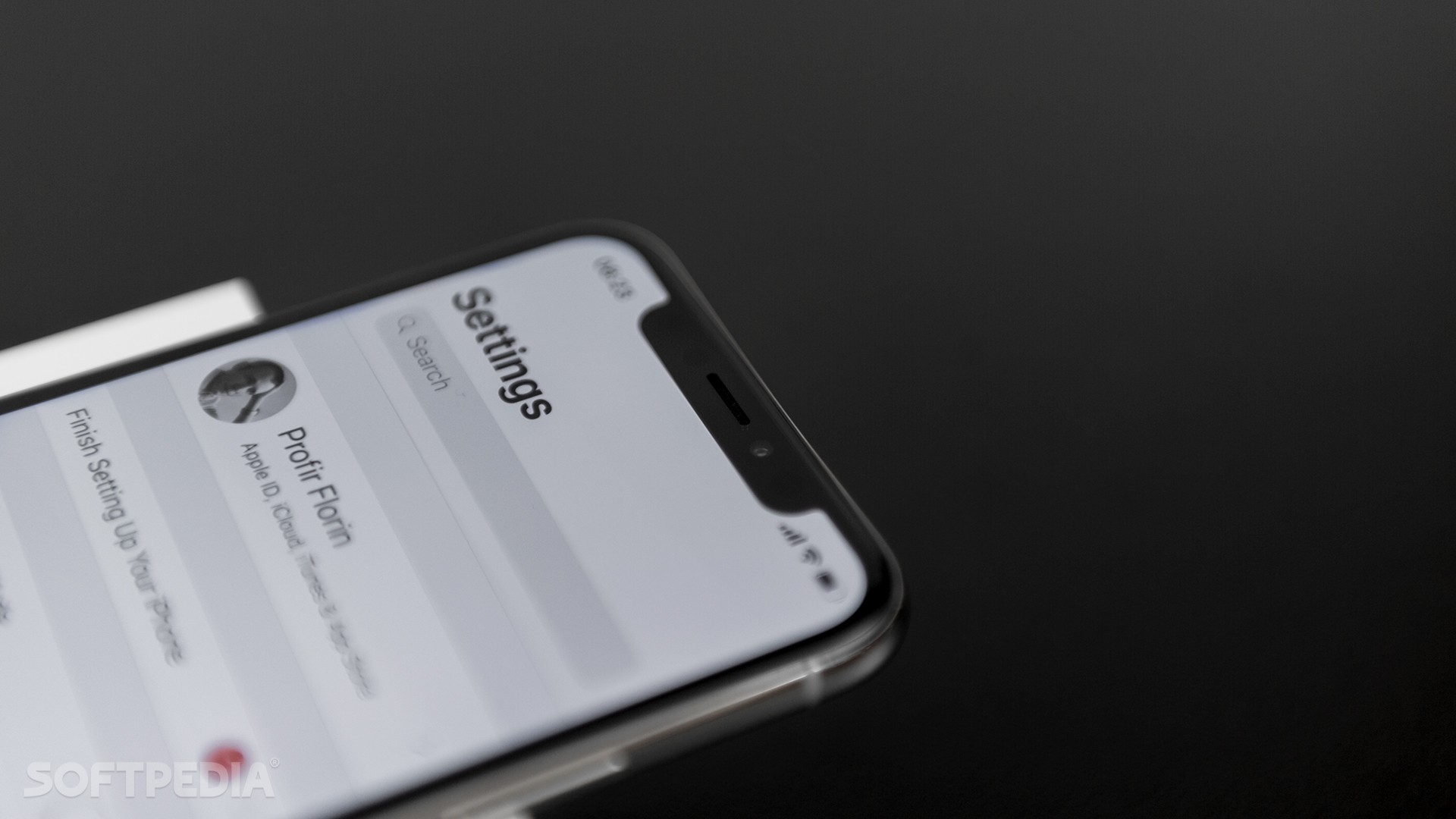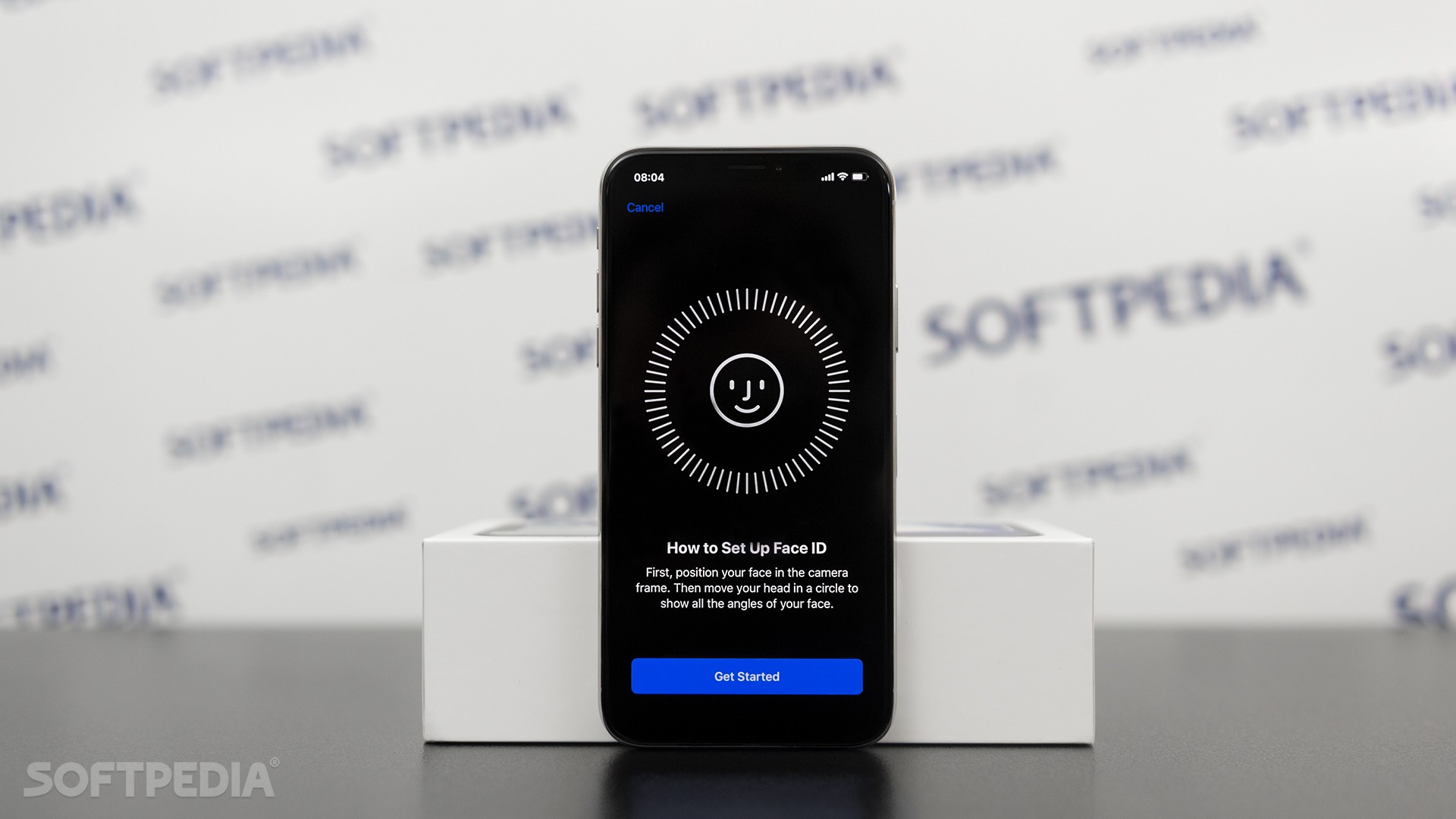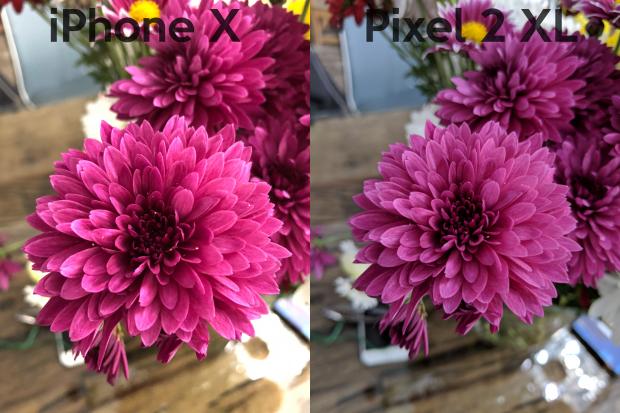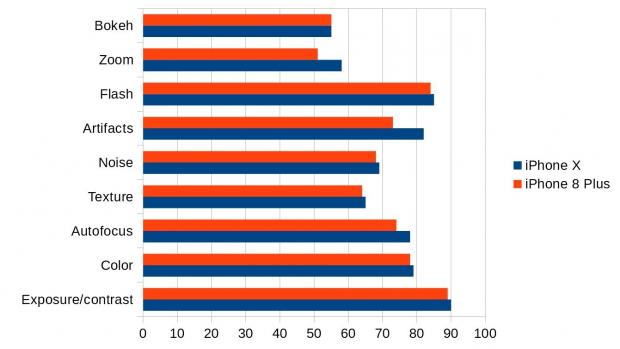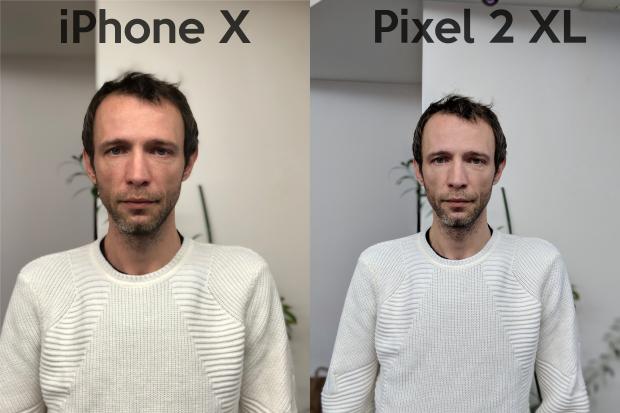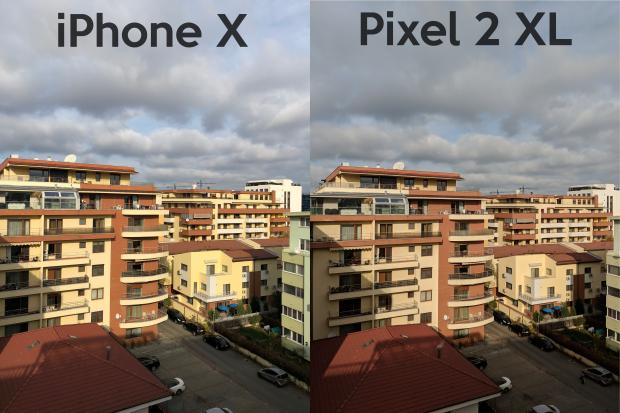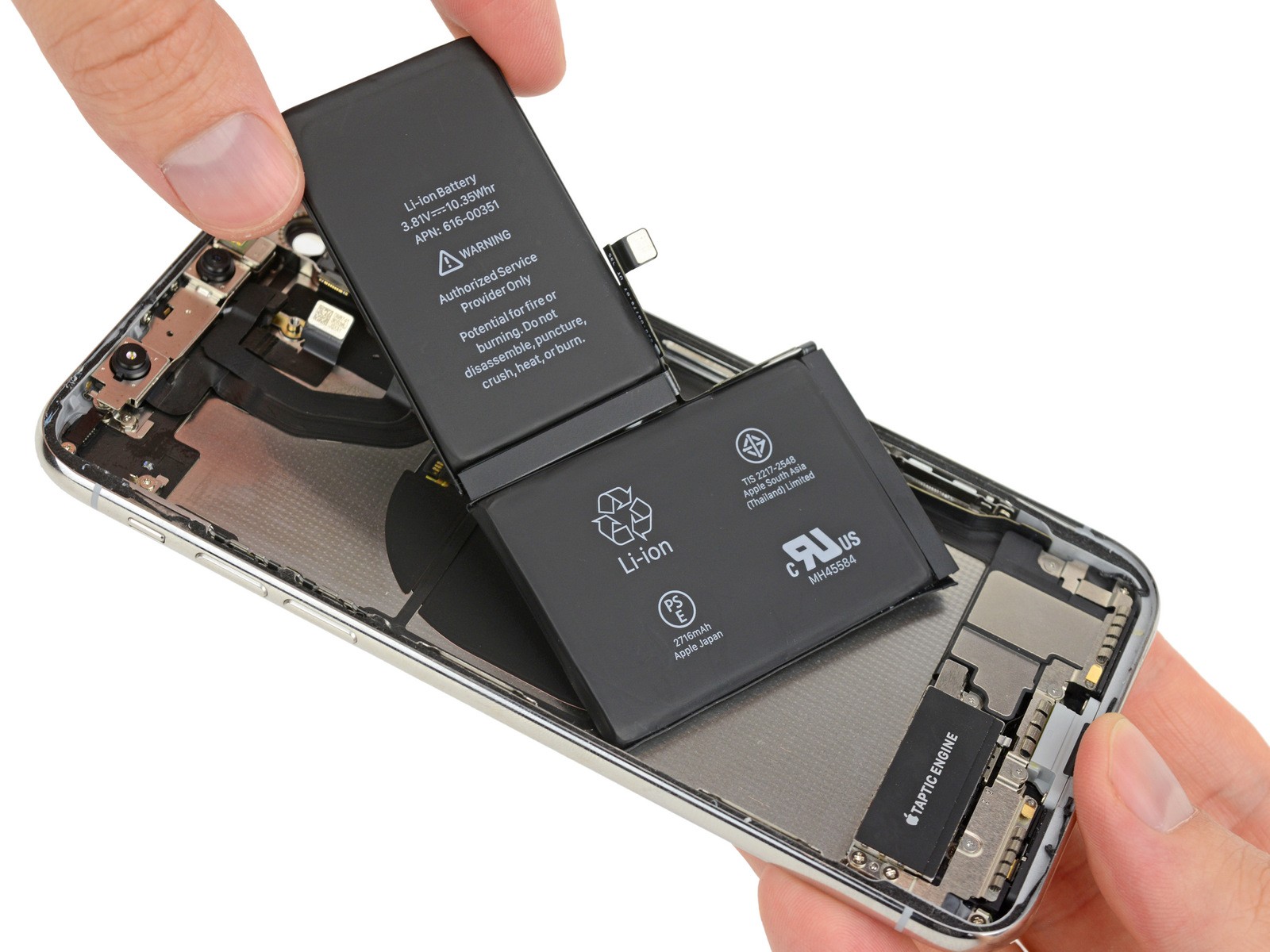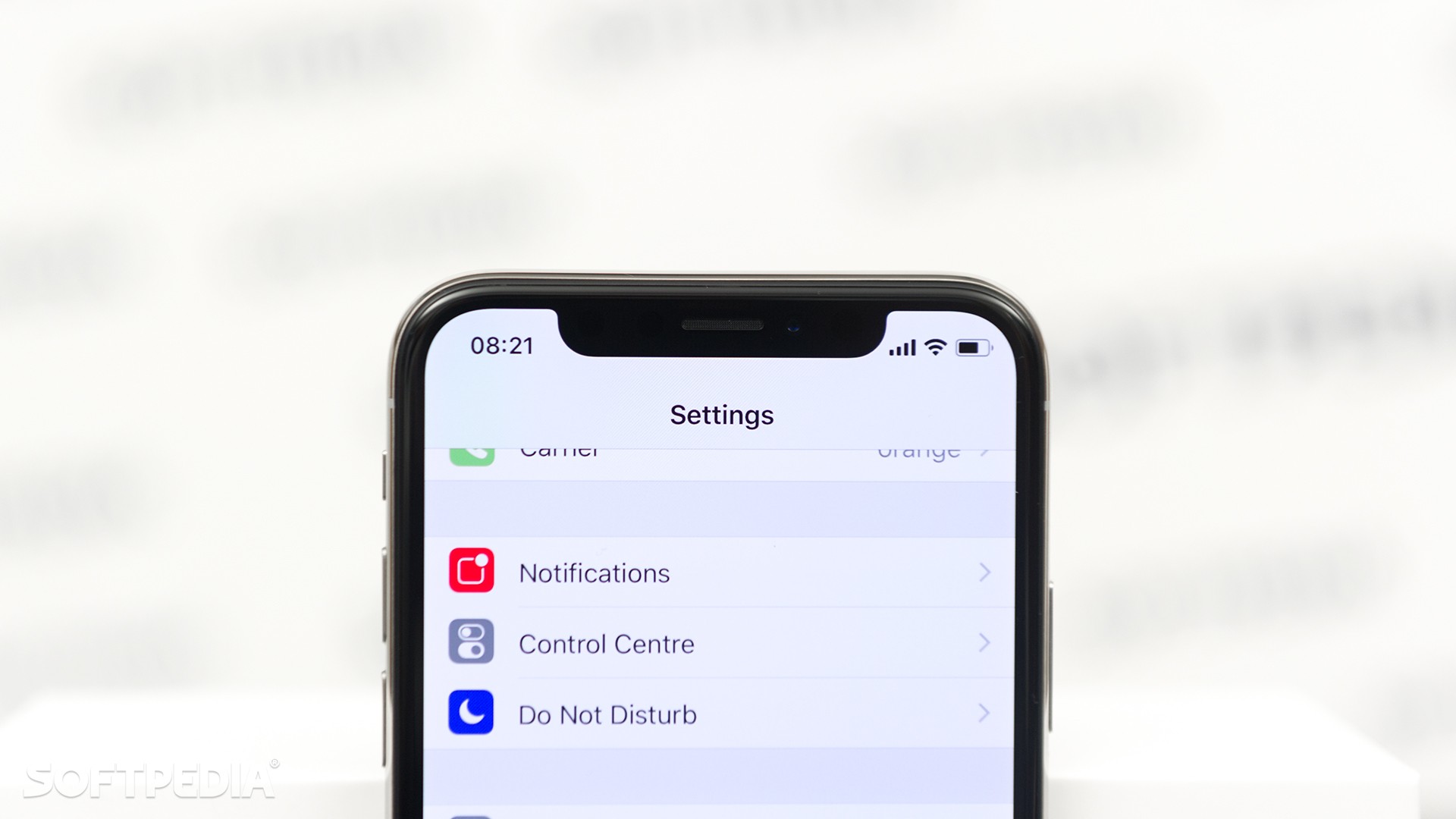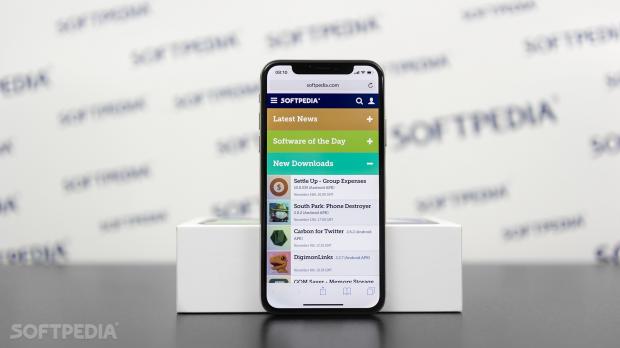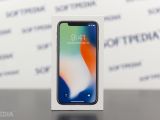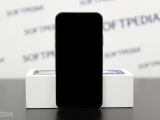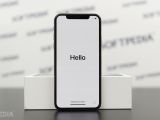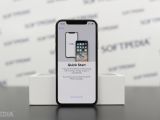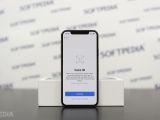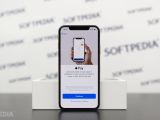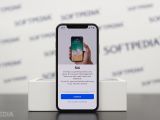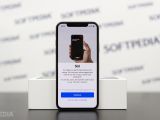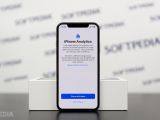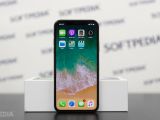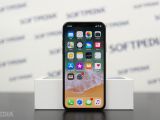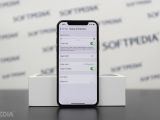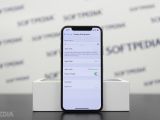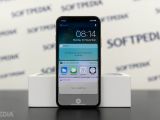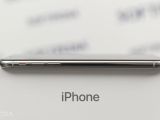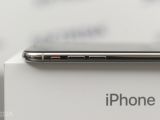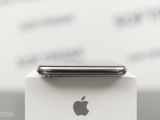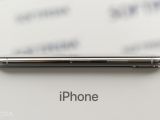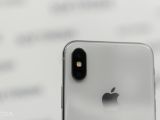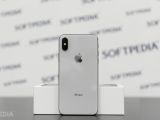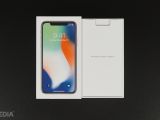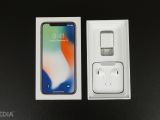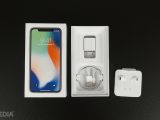Apple has become kind of boring after launching several generations of iPhones that looked pretty much the same, and fans across the world barely found a reason to upgrade to the latest models lately.
Despite coming with a glass body, wireless charging, and an improved camera, the iPhone 8 looks very similar to the iPhone 7, which in turn is an iPhone 6s lookalike that’s based on the original iPhone 6. So there you go, four different iPhone models that have almost the same design, with Apple spending more time on under-the-hood upgrades than on the look of its iPhones.
For Apple users, buying the most recent iPhone models has evolved to become a common thing since the device represents a prestigious status symbol, while for some it’s just a fashion accessory they have to own just because it looks good no matter the outfit. And it goes without saying that a significant overhaul of the iPhone makes the device twice more appealing regardless the price.
This is precisely how the market reacted to the iPhone X. Despite being priced from $999, which makes it the most expensive iPhone model ever produced, the iPhone X isn’t necessarily a super-successful product (because sales figures aren’t yet available), but it indeed managed to generate an immense amount of enthusiasm among Apple fans all over the world.
The iPhone X is a dramatic redesign of the iPhone, coming with a mix of features that have already been around for many years on Android and completely new tech that helps Apple remain an essential player in the innovation battle.
The iPhone X journey started way ahead of its public unveiling on September 12.
Back in February, surprisingly-reliable KGI analyst Ming-Chi Kuo released a forecast that almost nobody could believe: he said Apple would release three different iPhone models this year, one of which would come with an OLED screen and ditch the home button.
At that point, it was becoming increasingly evident that Apple was looking for an alternative location for the fingerprint sensor, and everyone thought the company would embed Touch ID into the display. This was an approach that other companies, including Samsung, looked into but failed to develop, so it made sense for Apple to become the innovator and make this happen.
Only that new rumors that reached the web in the summer revealed that Apple too failed to get this technology right, so instead the company embraced plan B, which according to Kuo, was giving up on fingerprint scanning entirely and going all-in on facial recognition.
“Apple never wanted to put the fingerprint sensor under the glass.”
Apple’s chief design Jony Ive recently said the company has never been interested in putting the fingerprint sensor into the glass, claiming that Face ID worked so good from the very beginning that no other approaches were considered. But despite the official statements, Kuo’s version made a little bit more sense, mainly because the rumors had it that Apple’s struggle to embed Touch ID into the screen ate up valuable production time, which in turn caused manufacturing of the device to start late, hence the delay versus the iPhone 8.
The iPhone X finally launched on November 3 in limited numbers, and all units were sold out in just a few minutes, mostly as a result of a combination of high demand and limited stock. Apple does not provide any first-weekend sale numbers, but it’s been estimated the company prepared between 2 million to 3 million units for the pre-order program, all of which were sold out quickly.
There are three big changes introduced on the iPhone X, and a few smaller ones, so let’s discuss them one at a time before reviewing the rest of the device.
First and foremost, it’s the display.
| The 5.8-inch edge-to-edge display is what makes the iPhone X truly unique versus the other iPhone models, though not so much when it comes to rival phones like the Samsung Galaxy S8, which has virtually the same screen sans the notch. The so-called notch is a sensor bar placed at the top of the screen that's the home of the FaceTime camera, the Face ID modules, and all the other front-facing parts. Certainly a love-it-or-hate-it kind of feature, the notch takes some time to get used to and is more noticeable during the night when it no longer blends into the rest of the body. There are wallpapers that hide the notch, but when running apps that aren't optimized for the iPhone X, it becomes one ugly striking feature. |
In most of the cases, the iPhone X display hits the same roadblocks as the Samsung Galaxy S8, and while there are ways to deal with them, it's all just a personal choice in the end. For example, YouTube videos can be expanded to fit the screen, but you lose the outer edges.
The display is without a doubt brilliant, and it shows once again that Samsung is a leader when it comes to building high-quality screens. Everything looks sharp and crisp, colors are vivid, and it uses several tech tricks to score extra points.
| One such sorcery is called True Tone and is essentially a mix of software optimization and a six-channel ambient light sensor that analyzes the colors around you and tweaks the display to always provide the right colors. This means that in addition to automatically adjusting brightness, the iPhone X is also capable of auto-tuning colors to reduce eyestrain and make content look correctly. |
This most likely happened due to the quick switching from darkness to light when exiting and entering tunnels, so software optimizations are still needed for True Tone to work completely flawlessly.
| The HDR Super Retina display has a resolution of 2436×1125 pixels with 458 ppi versus 1440 x 2960 pixels on the Galaxy S8 and 570 ppi pixel density. DisplayMate says the iPhone X has the best display ever used on a phone and there's no doubt this is true. Using the iPhone X made me wonder why Apple hasn't made the switch to OLED faster, but there are rumors that more models would embrace this display tech in the coming generations, so it's pretty clear Cupertino itself noticed the potential beyond the LCD world. |
When I received a call, swiping the on-screen control to answer didn't work as the screen apparently became unresponsive due to a bug that I couldn't determine. After missing the call, I noticed that something triggered a respring of the iPhone, after which everything returned to normal. This is something that I typically experienced with older iPhone models whose displays weren't as advanced as the one on the iPhone X, but I certainly didn't expect to see this on this latest-generation device.
“Blue shift. It's there.”
Also, the blue shift that people are talking about these days is there, but it's by no means an issue. Blue shift is something that's pretty common on OLED displays, and even though it was flagged as a critical issue on the Google Pixel 2, it's not. It's all just bad publicity for absolutely no reason, as pretty much every phone with an OLED display has this kind of color shift when viewed from an angle.
Leaving the display aside, let's jump to the feature that everybody seems to be talking about these days: Face ID.
The new facial recognition system available on the iPhone X is Apple's big bet for the next decade, and rumor has it that sooner or later it would become the new default on all devices. And when I say new devices, I don't mean iPhones only, but also iPads, Macs, and even speakers. Face ID debuted on the iPhone X but is expected to be expanded to pretty much every device in Apple's lineup sooner or later.
Facial recognition has been around for a while, and Microsoft was one of the companies that more or less made it more widely adopted with Windows Hello in October 2015. Only offering iris recognition and suffering from a plethora of bugs at first, Windows Hello was the start of a trend that Apple seems to be very keen on embracing these days as part of a strategy that looks a lot like Microsoft's.
Windows Hello first debuted on phones, and so did Face ID. Microsoft then brought it to laptops, and this is what Apple plans to do as well, and there's no doubt Cupertino will do this with the first major upgrade to the MacBook, so there you go, Cupertino borrowing the ideas of its long-time rival once again.
| Face ID, however, is a very complex piece of technology that relies on three major components, as it follows: a dot projector that generates no less than 30,000 dots on your face regardless of light conditions to build a facial map, a flood illuminator that uses IR to make sure the data can be read even in complete darkness, and an infrared camera that reads the dot pattern, captures an infrared image, and then uses the Secure Enclave in the new A11 Bionic chip to compare the data and decide if the user should be granted access to the device or not. |
There were reports that Apple eventually decided to lower the specifications of Face ID and compromise its accuracy to make it easier for suppliers to build the modules, but the company strongly denied this happened.
“You won't get hacked. Probably.”
Apple says Face ID is extremely secure and can't be hacked, citing a 1:1,000,000 chance for someone else to unlock your iPhone, up from 1:50,000 in the case of Touch ID. Tests have demonstrated, however, that it's actually easier than most people think to hack Face ID, though it's worth mentioning that this involves some skills to create a special mask that copies owner's face.
| I've found Face ID to be most of the time super-reliable, and it rarely failed to unlock the device. Surprisingly, facial recognition works much faster and has a bigger success rate in low light and complete darkness than in optimal light, but this does make sense because these are just the perfect conditions for the flood illuminator to do its job. |
During my time with the iPhone X, however, I discovered two different drawbacks that a few people that I presented the device to considered to be deal breakers.
First of all, it's the ridiculous gesture that I have to turn to in order to unlock the iPhone X while I'm working. Since I spend most of the time at the office and what I do for a living is writing, I use to keep my iPhone next to my right hand, just where the mouse typically is. This way, should a notification land on the phone, I can quickly interact with it using 3D Touch or, should this be needed, to unlock the device with Touch ID.
On the iPhone X, however, unlocking the device in this case is a nightmare. I always have to lean over the phone to have Face ID scan my face, and you can't imagine how frustrating this can become when you have to do it several times a day.
There were some rumors that iPhone's facial recognition could work at various angles and unlock the device even when sitting on a desk, but it looks like the tech's not there just yet.
And the second of all, it's the potential health hazard that the iPhone X facial recognition system can create. Apple says the IR light Face ID uses, not only that's invisible to the naked eye, but it's also completely inoffensive because it works on a frequency that has been proved to be harmless. Apple doesn't reveal the frequency, but it's believed Face ID works somewhere close to the 940nm spectrum.
I haven't heard anyone complaining about any kind of eye discomfort after using the iPhone X, and I can't say I noticed anything like that myself, but here's what it looks like to use Animoji for 10 seconds - the video below is recorded with an infrared camera:
The light on the face is generated by the flood illuminator and is being used to allow the camera to scan your face and, in the case of Face ID to unlock the device, or for Animoji to accurately reproduce your face gestures.
| I got in touch with a few eye doctors about this, and chatted a little bit to introduce the new technology, just to make sure they get the point and can provide me with a verdict that's as accurate as possible. Most of them, however, couldn't say exactly if Face ID is dangerous or not, but they did explain something that makes perfect sense. Any type of light, inoffensive or not, that's being directed to your eyes, tens of times per day, hundreds of days per year, several years in a row, could cause eye damage in the long term. Notice the could - there's no guarantee it'll happen, but it just adds an extra concern in this regard. |
| The camera on the iPhone X is nearly the same as the one on the iPhone 8 Plus, so you can barely notice any real-world performance difference between the two. |
The iPhone X comes with a vertically-mounted dual-lens camera system with two 12-megapixel units, one for telephoto with 2x optical zoom. The main wide-angle lens features f/1.8 aperture, just like the one on the iPhone 8 Plus, while the telephoto shooter comes with f/2.4, an improvement over f/2.8 on its more affordable sibling.
Camera performance is generally good, but the portrait shots, in particular, have shown mixed results on the iPhone X.
Apple’s anniversary model comes with a new mode called Portrait Lighting that should substantially improve portrait pics using processing power offered by the A11 Bionic chip. But real-life performance isn’t always top notch, as you can see in the test below versus the Google Pixel 2 XL.
Video recording on the iPhone X is just as good as it was, even though once again, there's hardly a difference as compared to the iPhone 8 Plus.
The device offers 4K video recording at 24 fps, 30 fps, or 60 fps and 1080p HD video recording at 30 fps or 60 fps, and performance is just as you'd expect it to be. Colors are vivid, with sharp details and crisp outlines, though once again it doesn't seem to match the performance of its rivals.
I've noticed that stability isn't exactly as good as the one on the Pixel 2 XL, despite the iPhone X featuring dual-optical image stabilization. Most of the time, however, it's an excellent video recording tool.
| Animoji is one of the features that Apple has positioned as one of the highlights on the iPhone X, using it as an incentive for people to upgrade to the anniversary model. |
“Animoji can't work on older iPhones.”
This way, Apple reduces the impact on battery life, though as I showed in the video above, there might be other reasons to be concerned about.
Personally, I found Animoji the kind of feature that you use at first because everyone talks about it, but which you forget it exists a few days later. Animoji videos flooded the web after the iPhone X started shipping, but it’s quickly losing its cool factor and it’s no wonder why. It’s pretty hard for Apple to keep people excited about Animoji unless updates are regularly delivered.
Battery life will be one of the longest sections of this review because there’s a lot to discuss here.
| The device comes with a 2716 mAh battery, an increase over the 2691 mAh unit on the iPhone 8 Plus, but at the same time, it has more tech to power, including a bigger edge-to-edge display and the complex facial recognition system. |
Face ID doesn’t seem to be the battery killer I thought it would be. During the day I used the iPhone X without facial recognition, turning instead to the passcode, battery life was better by approximately 5 percent with the same usage that I detailed above.
In order to improve battery life, Apple turned to a new approach to use every little inch of space under the case of the iPhone X. Instead of one rectangular battery as it is the case on most smartphones, Apple used two different packs placed in an L shape in order to fit the space inside the phone.
The iPhone X introduces two important features: wireless charging and fast charging, both of which have been available for a long time on Android devices.
And yet, there’s no reason to be excited about them because both the fast charging and the wireless charging aren’t as good as they are on Samsung’s phones, for instance. As weird as it may sound, the fast charging is slower than you think, and the difference versus standard charging comes down to just a few minutes and at least 20 bucks for a compatible charger. Wireless charging is also painfully slow, though it’s pretty convenient when working at the desk.
Apple has recently unlocked 7.5W charging, and while this does bring a noticeable improvement in charging speed, it’s still behind the rates offered by Android flagships, with some reaching 15W. On the good side, Apple hasn’t restricted the use of wireless chargers to its own accessories but instead allowed any Qi charger to be used.
| Performance of the iPhone X is top notch. The device is powered by a brand-new A11 Bionic chip that comes with 8 cores running at 2.39 GHz: 2x Monsoon + 4x Mistral. The chip is paired with 3GB RAM, and the device can be ordered with either 64GB or 256GB storage, as expected with no microSD card support available. |
There’s obviously still no headphone jack, but the Apple world has more or less gotten used to this, and the iPhone X comes with improved stereo speakers, Bluetooth 5.0, and the typical NFC restricted to Apple Pay.
| iOS 11 has been specifically tweaked to compensate for the lack of a home button and make the iPhone X easy to use. Needless to say, it’s a challenge to get used to the new gesture-based iOS on the iPhone X, and it’d be by no means surprising if some users gave up on the anniversary model just because they like the old style more. |
There are users who criticized Apple for this extra step, and while I do agree with the company’s approach, I also admit that it’d be better if iOS just had an option to let users disable this behavior and go straight to the home screen.
“It's all about gestures now.”
Then, there are gestures that existing iOS users will certainly find confusing. To open the Control Center, which on previous iPhone models required a swipe up from the bottom of the screen, you need to swipe down from the top right corner. To go to the home screen, swipe up from the bottom of the screen, and to close an app just swipe up from the same point, wait a second, hard-press the thumbnail and then swipe up or touch the dedicated control on each thumbnail to close the app.
This is painful, to say the least, but Apple says there’s no need to close apps on iOS because they have no impact on system performance or battery life, and with this behavior, the company seems very keen on convincing users to embrace this idea.
The notch at the top of the screen comes with a series of compromises in terms of usability as well. Given the limited space on the left and right of the notch, you no longer see valuable information like the battery percentage, Bluetooth, and do not disturb icons. Instead, you need to launch the Control Center to view all of these.
The clock on the left turns blue whenever an app uses your location or green during a call, and these are quite nice touches that Apple should make available for other iPhones as well.
There are also some other more subtle tweaks that are powered by the facial recognition system, including notifications hiding content by default unless you look at the screen. In other words, when you receive a notification on the iPhone X with default settings and Face ID configured, only the app that generated the notification is displayed, with a preview automatically provided once the owner looks at the screen.
Also, when receiving a call and you look at the phone, the iPhone X automatically reduces the volume of the ringer, as it assumes that you’re aware of the incoming call. These are all touches that contribute to an overall pretty fascinating experience with this version of iOS, though it’s clear that it takes some time to adapt, no matter if you come from an older version of iOS or Android.

 14 DAY TRIAL //
14 DAY TRIAL // 
